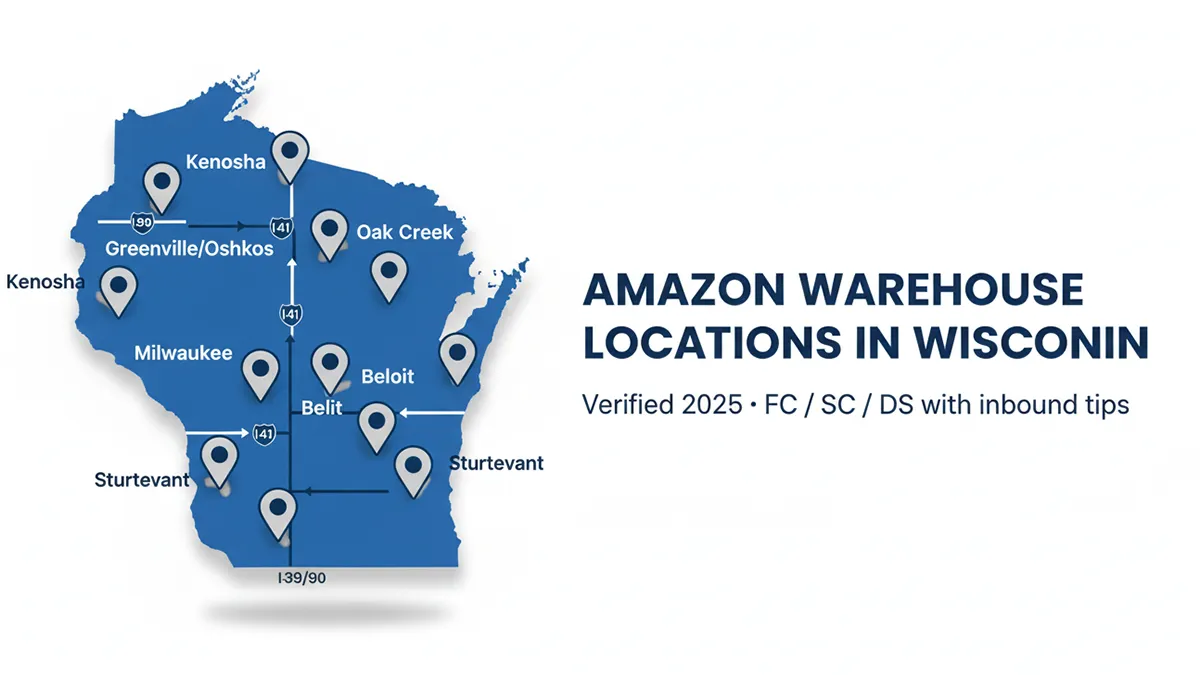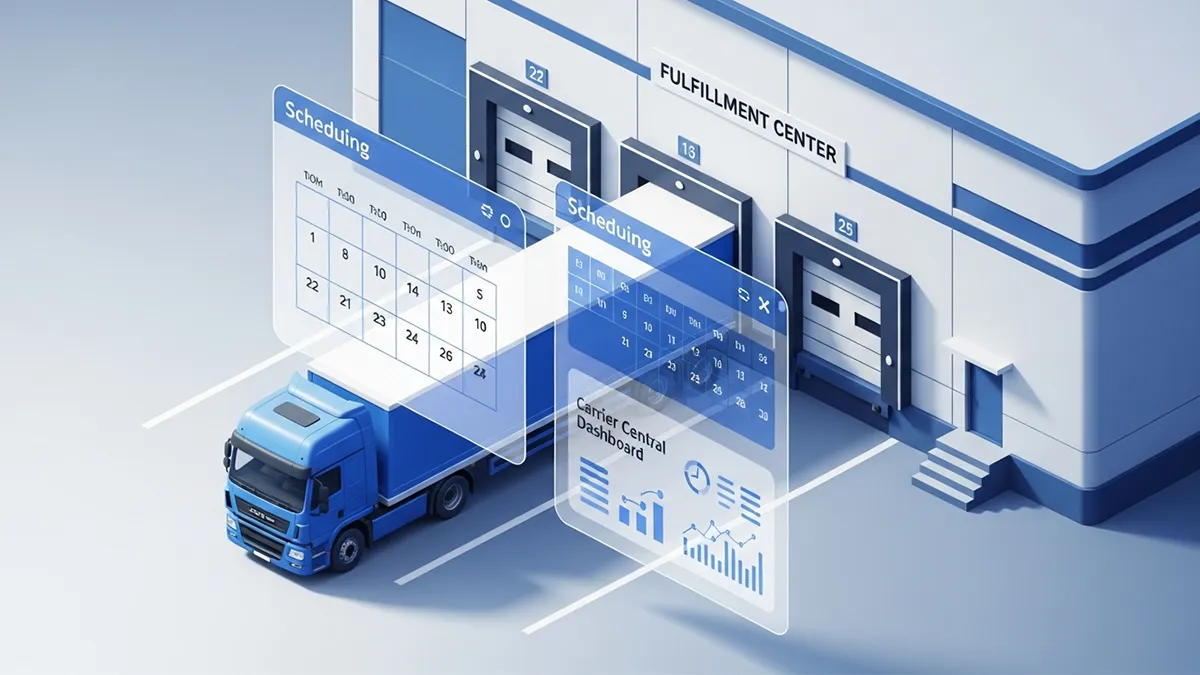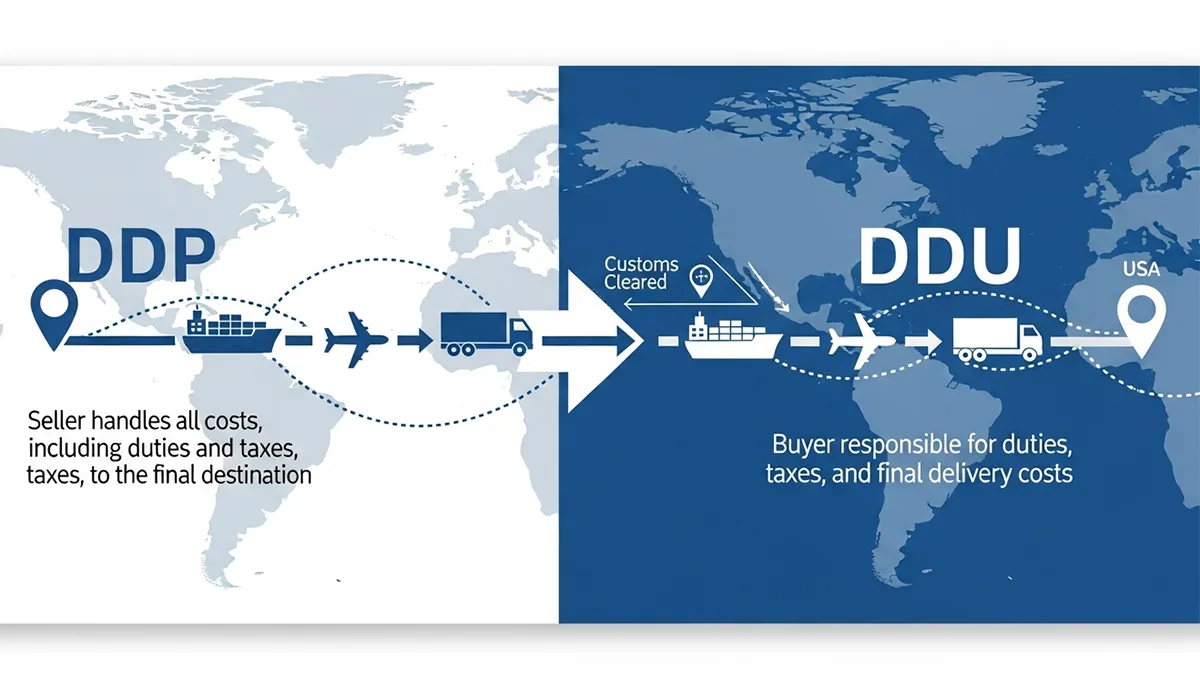Sea Freight Explained: A Practical Guide for Importers and Exporters
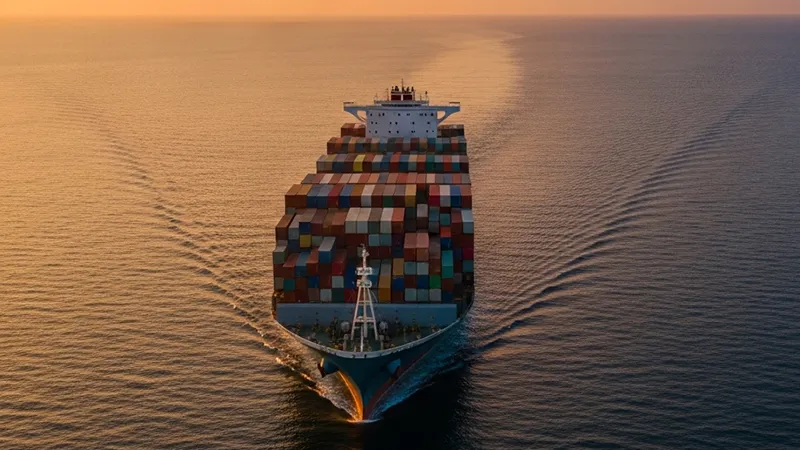
Sea freight might seem straightforward, but there’s more beneath the surface. As global trade grows, knowing how to navigate ocean shipping can set your business apart. From cutting costs to reducing environmental impact, shipping cargo by sea has plenty to offer. However, it also comes with its own challenges. Understanding sea freight logistics, choosing the right containers, and managing risks are key to staying ahead.
This guide will explain in detail what sea freight means, the benefits, the pitfalls, and how this vital mode of sea transportation works.
Introduction to Sea Freight
Sea freight is a key player in global trade, moving large quantities of goods across oceans. It’s a cost-effective choice for international sea transportation, particularly for heavy or bulky items.
-
Cost-Efficient: Typically four to six times cheaper than air freight.
-
High Capacity: Perfect for transporting substantial amounts of sea cargo.
-
Versatile: Suitable for a variety of sea freight cargo types and sizes.
-
Eco-Friendly: Lower carbon footprint compared to other methods.
To get started with a shipment by sea, you’ll need to provide details about your cargo to a shipping company. While not ideal for time-sensitive goods, freight by sea is an excellent option for non-urgent shipments over 100 kg.
Benefits of Sea Freight Shipping
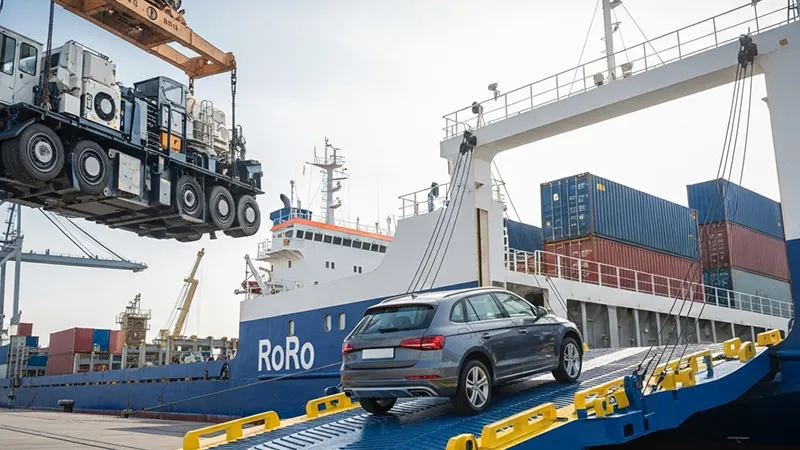
When weighing your options, sea freights stand out. Its appeal lies in its ability to handle large volumes at a lower cost, while also being more environmentally friendly.
Cost-Effective Solution
Shipment by sea freight remains one of the most economical ways to ship goods. Several factors contribute:
-
Economies of Scale: Massive container ships carry large volumes, spreading costs.
-
Fuel Efficiency: Ships use less fuel per ton of cargo.
-
Competitive Market: The wide range of carriers leads to competitive pricing.
Capacity for Large Quantities
Sea freight transport stands out for its ability to transport vast amounts of goods, making it a top choice for high-volume needs.
-
Massive Capacity: Vessels can carry thousands of containers at once.
-
Flexibility in Sizes: Various container sizes are available.
-
Specialized Solutions: Options like break bulk and refrigerated containers (reefers) ensure safe transport.
Environmental Friendliness
Shipping by sea is also about being environmentally responsible.
-
Energy Efficiency: It is significantly more fuel-efficient than road or air transport.
-
Economies of Scale: The capacity to transport vast amounts at once means fewer trips are needed.
-
Green Innovations: The industry is increasingly adopting alternative fuels like biofuels and hydrogen.
Versatility in Cargo Types
One of the key strengths of sea cargo transport is its ability to handle a wide variety of cargo types.
-
Container Cargo: For goods like electronics, textiles, and consumer products.
-
Break Bulk Cargo: For items that don’t fit into standard containers, like heavy machinery.
-
Roll-on/Roll-off Cargo: Perfect for wheeled cargo, such as cars, trucks, and construction equipment.
-
Bulk Cargo: For commodities like grains (dry bulk) and oils (liquid bulk).
Pitfalls of Sea Freight
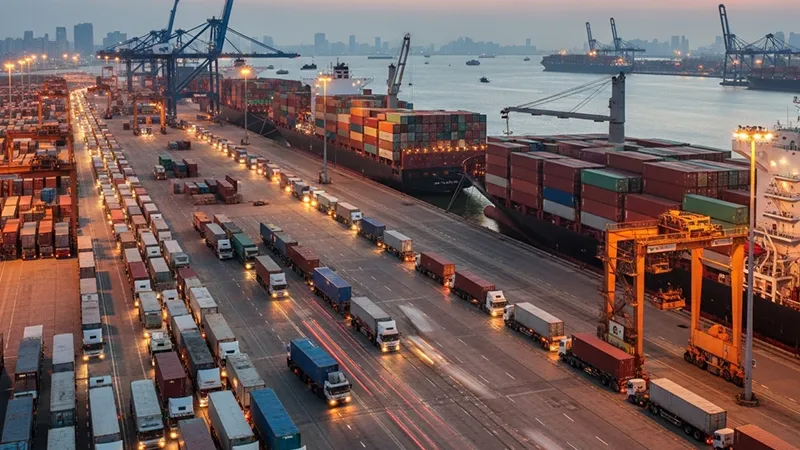
While sea frieght has numerous advantages, it’s crucial to be aware of its potential downsides.
Longer Transit Times
A sea freight shipment typically involves longer transit times, often ranging from 20 to 45 days.
-
China to Australia: 25-35 days
-
USA to Singapore: 15-25 days
-
China to Europe: 30-45 days
Utilizing ocean freight tracking systems can help manage expectations.
Potential for Delays
Delays can directly impact your shipping schedule.
-
Port congestion is a common issue, particularly during peak seasons.
-
Customs delays, often due to incorrect documentation, are another frequent problem. Our in-house customs brokerage is a key part of our sea freight solutions to prevent this.
-
Other causes include security risks, geopolitical issues, and weather conditions.
Packaging and Container Guidelines
To guarantee your goods arrive safely, you’ll need to follow strict packaging guidelines.
-
Use high-quality packaging materials.
-
Pack containers tightly and fill empty spaces.
-
Respect maximum weight limits: 24,000 kg for 20-foot and 30,480 kg for 40-foot containers.
-
Utilize standardized container sizes: 20-foot (1 TEU) and 40-foot (2 TEU).
-
Proper labeling is essential, with clear consignee/shipper details and handling instructions.
Sea Freight vs. Air Freight
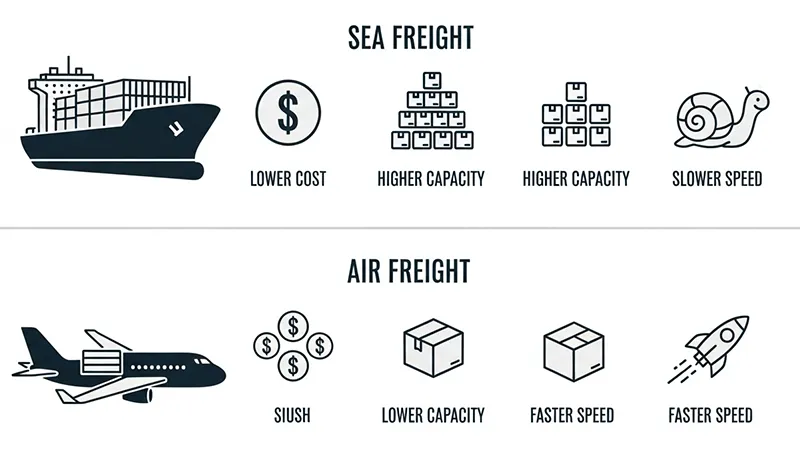
The choice between air or sea freight often comes down to cost, speed, and the nature of your goods.
| Factor | Sea Freight | Air Freight |
| Cost | Up to 60% less expensive. Preferred for bulk commodities and non-urgent goods. | Better value for high-value or perishable items where speed is critical. |
| Speed | Typically 3-6 weeks. | Typically 5-7 days. |
| Suitability | Best for large, heavy, and non-perishable items like industrial equipment or furniture. | Best for perishables, high-value electronics, and urgent shipments. |
How to Choose the Right Sea Freight Service Provider
To make an informed choice, evaluate several key factors.
-
Service Coverage and Network: Verify their ability to cover your required destinations.
-
Company Credentials and Expertise: Look into their track record and industry reputation.
-
Range of Logistics Services: Check if they offer complementary services like warehousing and trucking. A provider offering air and sea freight services provides more flexibility.
-
Customer Support and Communication: Strong, responsive customer support is essential.
-
Technology and Infrastructure: Modern tracking and monitoring systems offer transparency.
-
Compliance and Regulations: Ensure the provider adheres to all relevant customs and trade laws.
-
Cost and Pricing Structure: Compare pricing structures and check for value and transparency.
Our Sea Freight Services
At our company, we take pride in being a leading sea freight service provider, offering a comprehensive range of sea freight solutions.
-
Full Container Load (FCL): For large shipments.
-
Less Than Container Load (LCL): For smaller consignments.
-
Specialized Project Cargo: For oversized or complex shipments.
-
Importer of Record (IOR) Services: We manage all compliance and regulatory requirements.
-
Amazon Prepping: We handle the specific requirements for FBA.
One of the key benefits of working with us is having a single point of contact to manage your entire supply chain, from logistics sea and air to warehousing and last-mile delivery.
The Future of the Sea Freight Industry
Looking ahead, the seafright industry is set for transformations driven by technology and sustainability.
-
Adapting Cargo Types: Vessels will be redesigned to handle new types of cargo.
-
Sustainability: The industry will increasingly focus on circular economies and green innovations.
-
Artificial Intelligence and Automation: AI will play a crucial role in optimizing shipping routes and improving efficiency.
Frequently Asked Questions (FAQ)
-
1. What is sea freight?
-
What is sea freight? It is the method of transporting large quantities of goods using carrier ships. The cargo transported by sea travels in containers or as bulk.
-
-
2. When is sea freight the best option?
-
It is the best option for shipments over 100 kg that are not time-sensitive. It's the most economical choice to import by sea.
-
-
3. What is the difference between FCL and LCL?
-
FCL (Full Container Load) means you book an entire container. LCL (Less than Container Load) means you share container space with other shippers.
-
This section is designed for FAQPage Schema.
Your Partner for Seamless Sea Freight
Seafreight is a complex system. Selecting the right partner can significantly impact how effectively challenges are managed. We bring 25 years of experience and comprehensive services to oversee every aspect of your sea cargo freight operations, keeping your supply chain on track.
